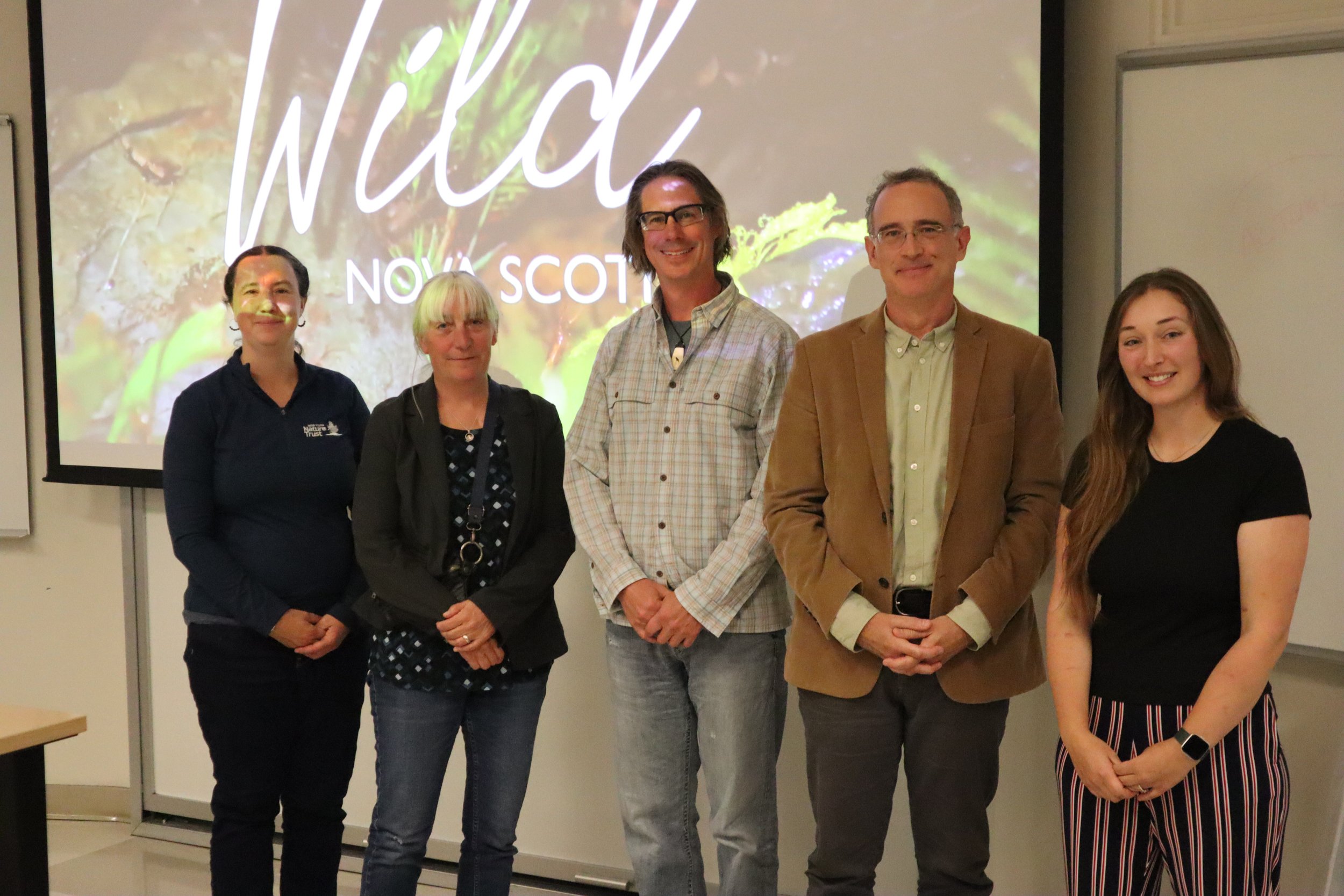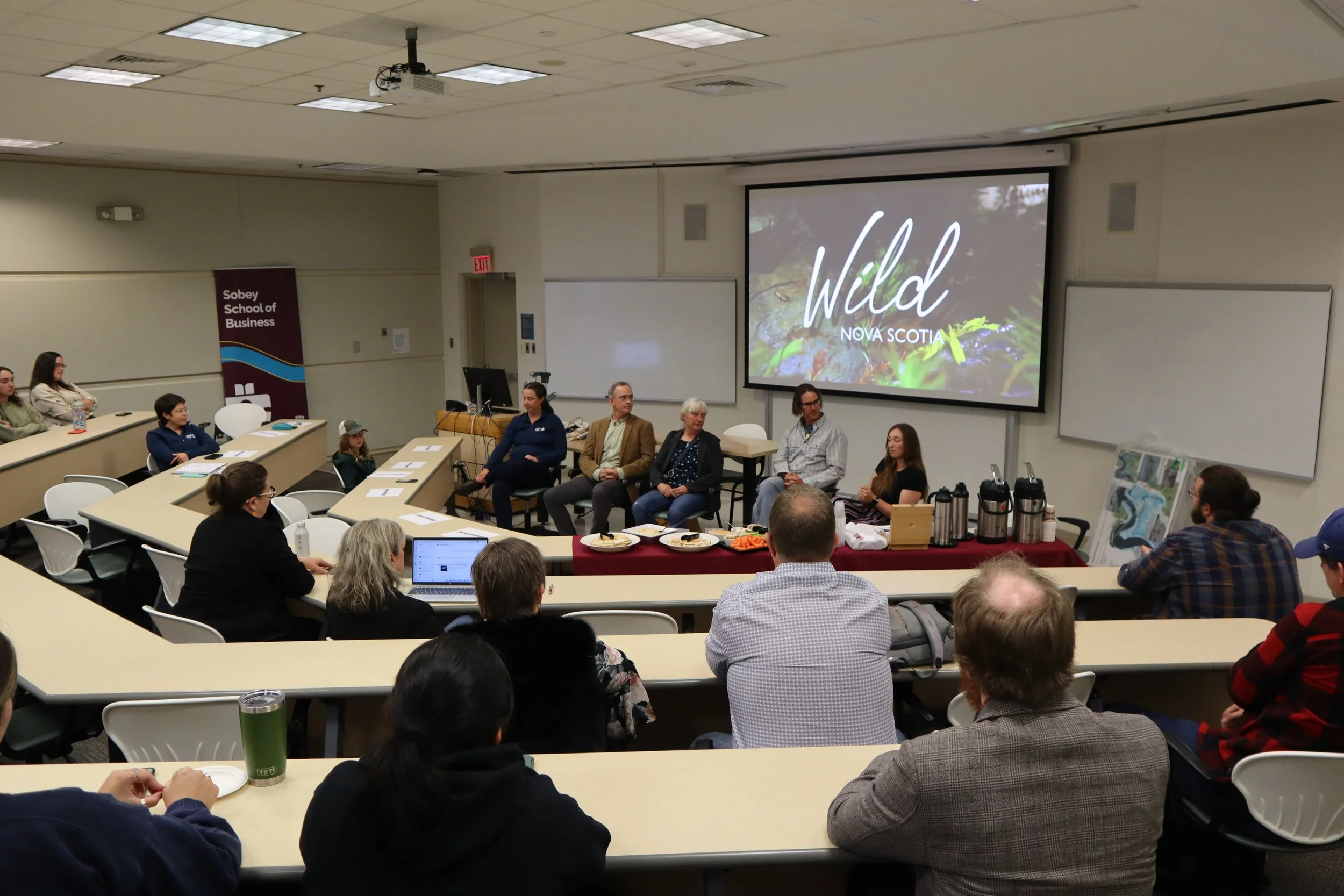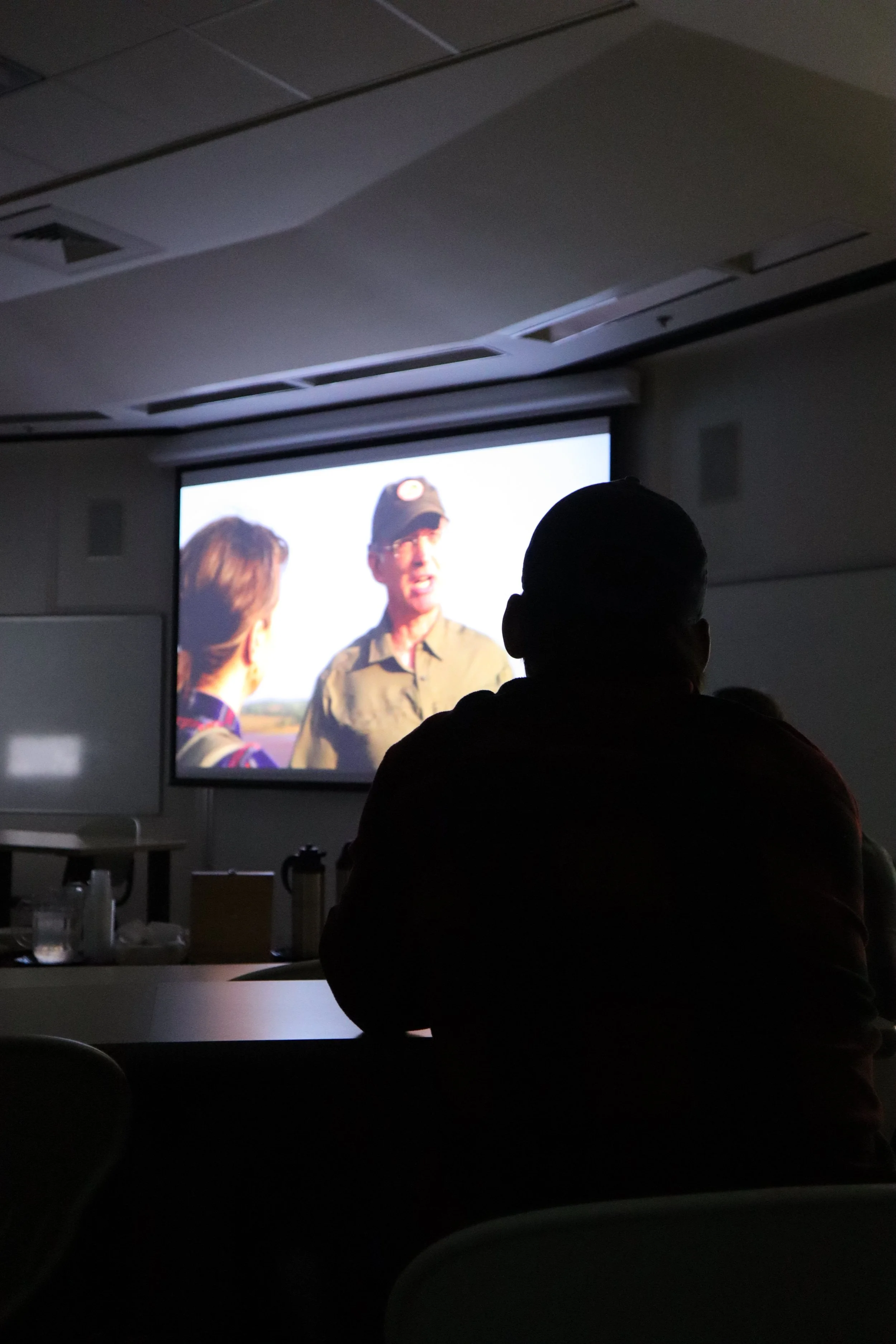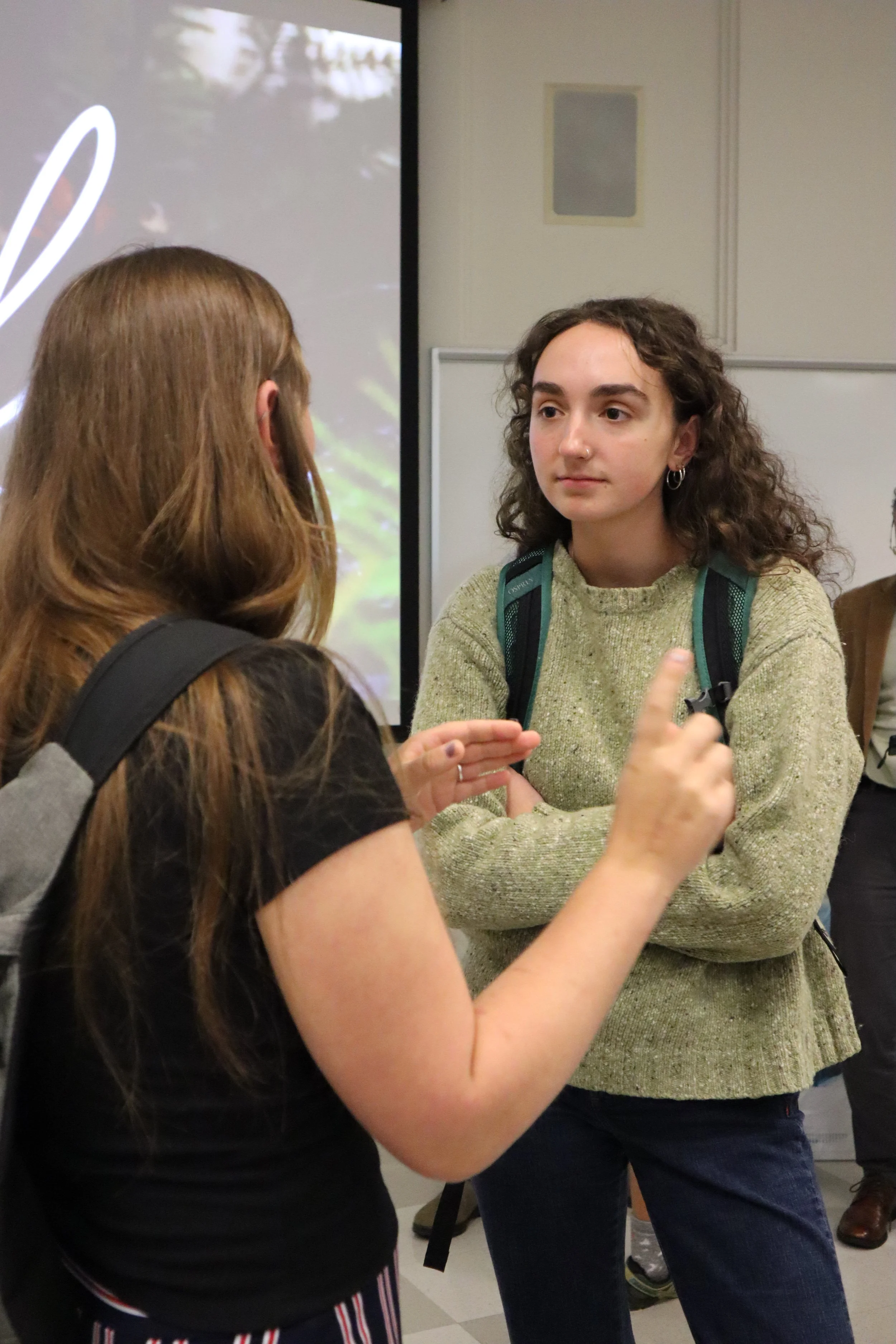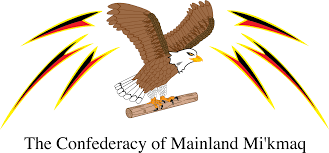Wepe’k Mtasoq (White Cliff)
The Making Room for Wetlands project is pleased to introduce the Wepe’k Mtasoq site (meaning White Cliff in Mi’kmaq, named by Michael McDonald of Sipekneꞌkatik First Nation). Stewarded by the Nova Scotia Nature Trust, the Wepe’k Mtasoq represents an opportunity to restore the flow of tidal waters to this parcel of retired agricultural land, restoring important tidal wetland habitat and increasing dykeland climate resiliency.
Introducing Wepe’k Mtasoq (White Cliff)
Aerial image of the Wepe’k Mtasoq (White Cliff) site, May 1, 2024. Credit CBWES Inc.
This 2 ha piece of former agricultural field is part of a larger 67 ha parcel along the Maqmekwitk (St. Croix River), in West Hants Regional Municipality. Protected in 2020 as part of the Twice the Wild campaign, the site also features globally rare gypsum karst cliffs and Eastern Hemlock stands, and is home to rare plants such as the Yellow Lady’s Slipper and the endangered Ram’s-Head Lady’s Slipper orchids.
The Gypsum Karst landscape is characterized by sinkholes, caves, and escarpments. At the foot of the gypsum cliffs is a small section of former agricultural land, around which runs the meandering St. Croix River. No longer actively maintained, the dyke infrastructure on the site has continued to erode due to the flow of tidal waters, and there has been significant intrusion of salt water to the land.
Flowing from the Bay of Fundy, the Maqmekwitk is home to the plamu (Atlantic Salmon), punamu (Atlantic Tomcod), and ka’t (American Eel), all culturally significant species to the Mi’kmaq. These aquatic species, along with many others, rely on tidal wetland habitat and natural tidal processes for feeding, spawning, and shelter.
The Restoration Process
View from the Wepe’k Mtasoq site, May 1, 2024.
Once used for agriculture, the dyke protecting the site had deteriorated over time, allowing seawater to naturally encroach. Recognizing an opportunity to restore the land’s ecological function, the Nova Scotia Nature Trust and TransCoastal Adaptations’ Making Room for Wetlands team worked together to strategically breach the dyke and restore the flow of tidal waters from the Bay of Fundy.
After careful site assessment and a thorough design process, the dyke was strategically breached to allow for natural tidal flow. In September 2024, tidal waters officially returned to Wepe’k Mtasoq for the first time in over a century. Since the breaching, the site has rapidly transitioned into the monitoring phase, with early signs of natural recovery already visible. Sediment is accumulating, native wetland vegetation is emerging, and the return of tidal processes is supporting vital aquatic species, including plamu (Atlantic Salmon), punamu (Atlantic Tomcod), and ka’t (American Eel) — all culturally significant to the Mi’kmaq.
This reconnection has strengthened the ecological resilience of Maqmekwitk (St. Croix River) estuary, providing critical habitat for wildlife while enhancing the landscape’s ability to adapt to sea-level rise and climate change.
This project marks a successful partnership between the Making Room for Wetlands Project and the Nova Scotia Nature Trust to protect agricultural land and make our unique natural areas more resilient to climate change.
Wild Nova Scotia Feature
The success of Wepe’k Mtasoq reached new audiences when it was featured in Episode 10, Season 3 of CBC’s Wild Nova Scotia. This powerful documentary series celebrating the province’s natural wonders. The episode highlighted the site’s transformation and the collaborative effort that made it possible. Watch the episode, live now on YouTube!
Community Celebration:
A Wild Nova Scotia Screening
On October 1, 2025, over 40 staff, students, and community members gathered at Saint Mary’s University for a special screening event celebrating the restoration’s success.
Panelists Joanna Skomorowski, Dr. Danika van Proosdij, Tony Bowron, Dr. Jonathan Fowler, and Kayla Williams share insights about the project and highlighted the vital work happening across Nova Scotia to restore wetlands, protect landscapes, and honour cultural heritage. It was a vibrant evening of discussion, reflection, and celebration!
Looking Ahead
The Wepe’k Mtasoq restoration marks an important step toward building coastal climate resilience through nature-based solutions. As the site continues to evolve, TCA and project partners are monitoring vegetation growth, sediment accumulation, and tidal flow to ensure long-term sustainability.
The lessons learned here will guide future restoration projects across Atlantic Canada — showing how returning space to nature can protect biodiversity, reduce flood risk, and help communities adapt to a changing climate.
Contact
Making Room for Wetlands
Nancy Anningson | Project Manager
Email: nancy.anningson@smu.ca
Nova scotia nature trust
Joanna Skomorowski | Land Stewardship Manager
Email: joanna@nsnt.ca





